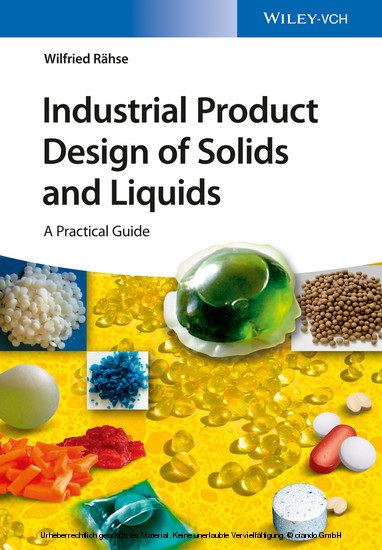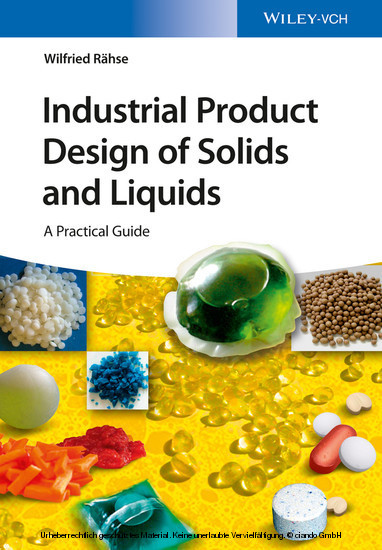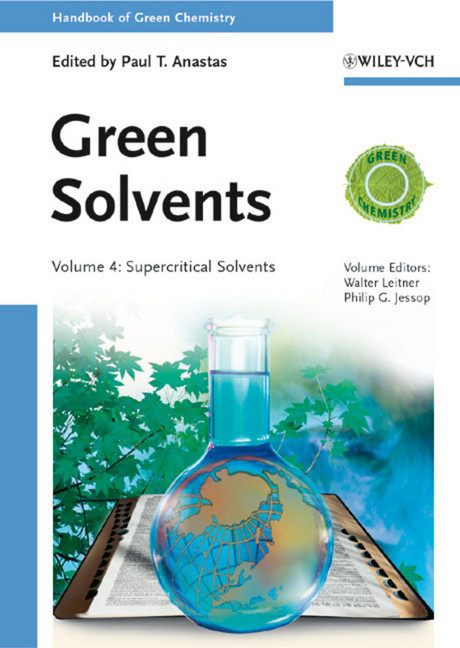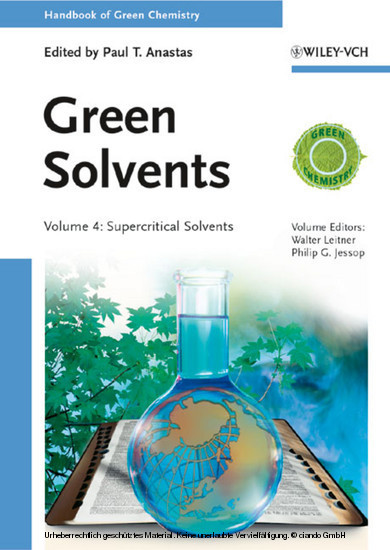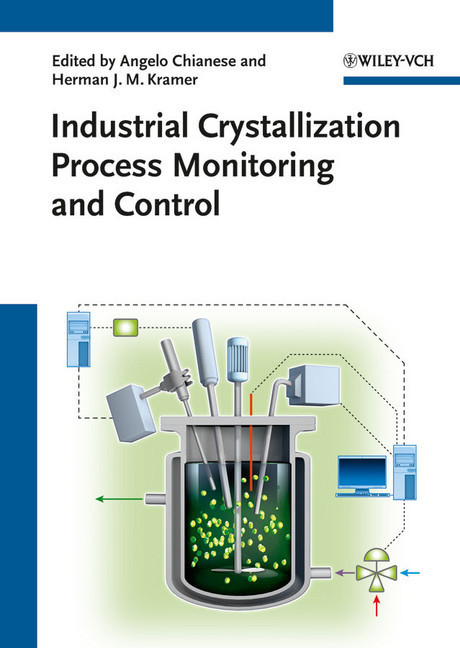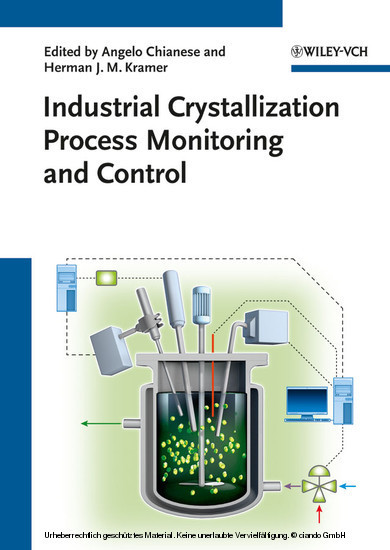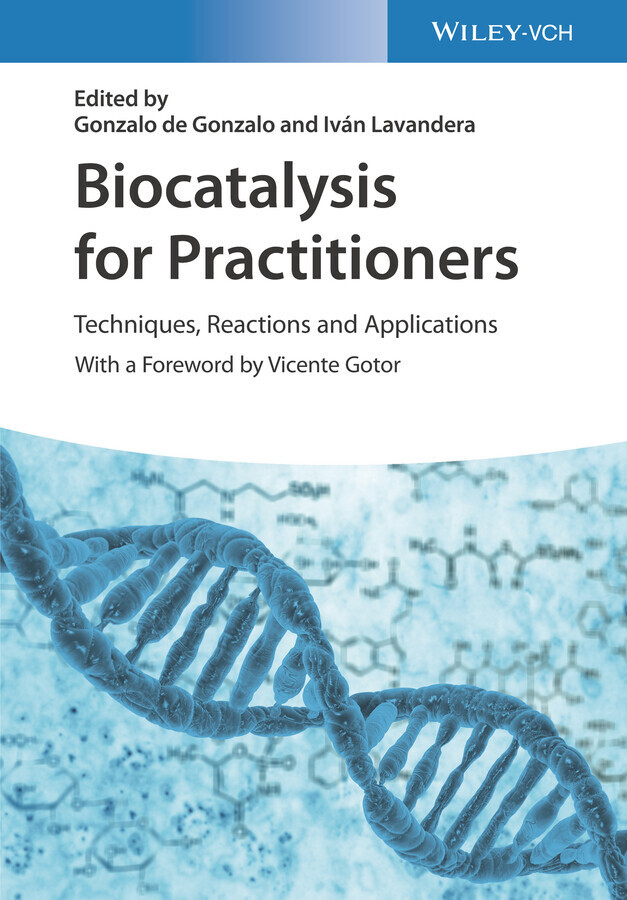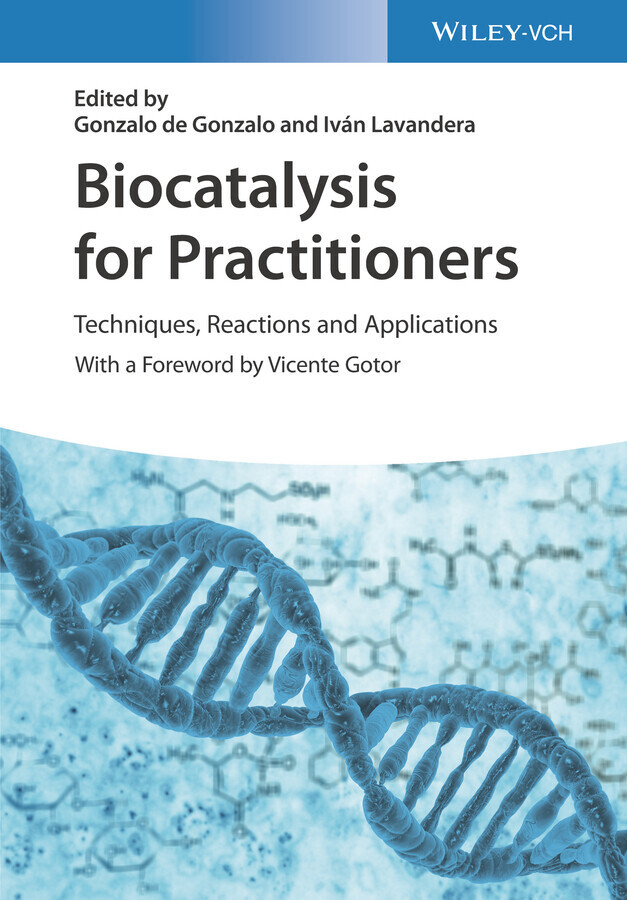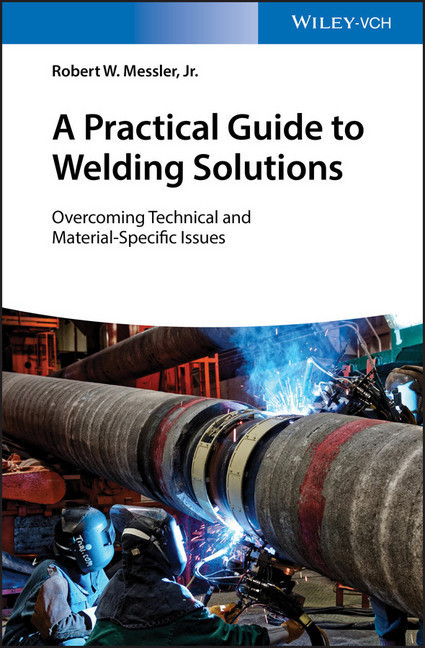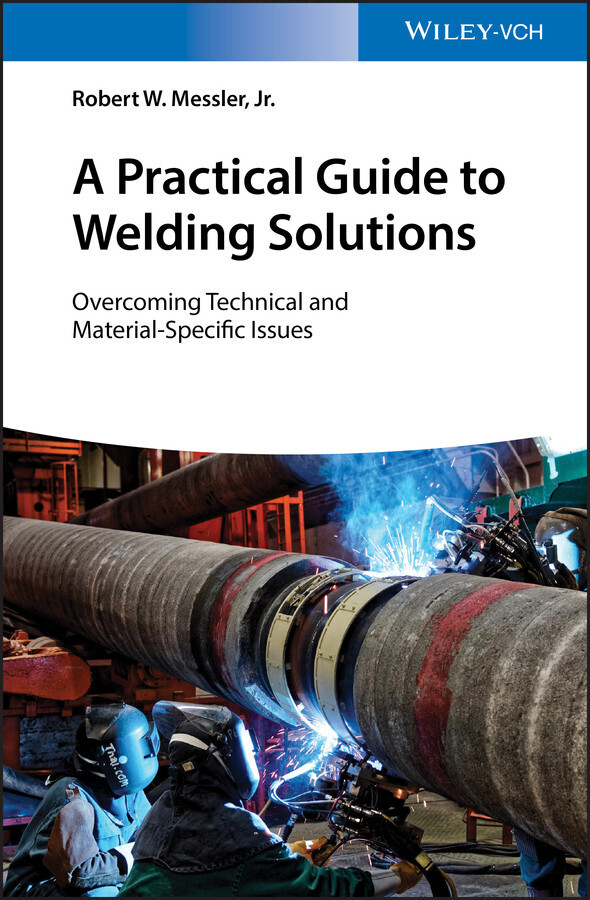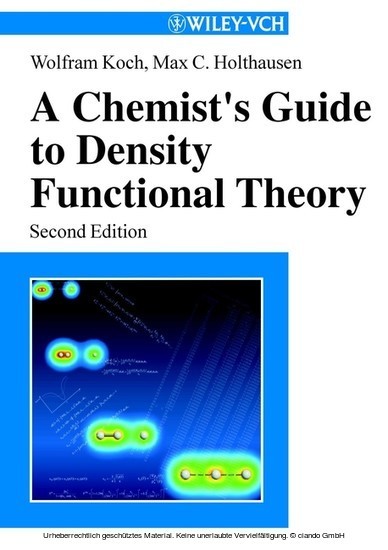Industrial Product Design of Solids and Liquids
A Practical Guide
Offering invaluable insights from a chemist with over 35 years experience in the industry, this practical guide incorporates numerous practical examples and case studies to explain the concepts included here.
The author explains the processes involved in product design, how to set up experiments, and ultimately how to scale-up.
Among the host of topics covered is a discussion of recent advances in the fundamentals and innovative technologies leading to new and improved products.
Industrial Product Design of Solids and Liquids: A Practical Guide is essential reading for the pharmaceutical, cosmetics and personal care, food, fragrance, paints, plastics and agricultural industries.
Dr. Wilfried Rahse has been Partner of a start-up (ATS License GmbH) for several years and is responsible for the scientific development of formulations and production processes of novel cosmeceuticals. Previously, Dr. Raehse worked at Henkel AG & Co. KGaA as director in the field of process development. The focus of his activities for washing, cleaning and skin care products were product design, the development of innovative processes and products for the future and the downstream processing of enzymes. His ideas and works led to large production facilities, such as the processing of enzymes, the steam drying in a spray tower and the Megaperls?, a washing powder in form of spheres. Dr. Raehse studied at the Technical University of Berlin chemistry and chemical engineering. He completed his PhD under the supervision of Prof. Dr. Dr. H. Koelbel in 1976. After a period as an assistant (1971 to 1977) at the College followed a 30-year industry activity at HENKEL in process development, but also in the production and in the environmental technology. Dr. Raehse has written many articles and a book (2007) on product design. He holds academic lectures and lecture at universities and at conferences about the optimization of products and processes, including chemical and engineering aspects
The author explains the processes involved in product design, how to set up experiments, and ultimately how to scale-up.
Among the host of topics covered is a discussion of recent advances in the fundamentals and innovative technologies leading to new and improved products.
Industrial Product Design of Solids and Liquids: A Practical Guide is essential reading for the pharmaceutical, cosmetics and personal care, food, fragrance, paints, plastics and agricultural industries.
Dr. Wilfried Rahse has been Partner of a start-up (ATS License GmbH) for several years and is responsible for the scientific development of formulations and production processes of novel cosmeceuticals. Previously, Dr. Raehse worked at Henkel AG & Co. KGaA as director in the field of process development. The focus of his activities for washing, cleaning and skin care products were product design, the development of innovative processes and products for the future and the downstream processing of enzymes. His ideas and works led to large production facilities, such as the processing of enzymes, the steam drying in a spray tower and the Megaperls?, a washing powder in form of spheres. Dr. Raehse studied at the Technical University of Berlin chemistry and chemical engineering. He completed his PhD under the supervision of Prof. Dr. Dr. H. Koelbel in 1976. After a period as an assistant (1971 to 1977) at the College followed a 30-year industry activity at HENKEL in process development, but also in the production and in the environmental technology. Dr. Raehse has written many articles and a book (2007) on product design. He holds academic lectures and lecture at universities and at conferences about the optimization of products and processes, including chemical and engineering aspects
1;Industrial Product Design of Solids and Liquids;5 1.1;Contents;7 1.2;Preface;15 1.3;Chapter 1 Chemical Product Design - a New Approach in Product and Process Development;19 1.3.1;Summary;19 1.3.2;1.1 Definitions;19 1.3.3;1.2 Customer Involvement;21 1.3.4;1.3 Specifications;26 1.3.5;1.4 Tasks of Development Team;26 1.3.6;1.5 Steering of Projects;29 1.3.7;1.6 Learnings;31 1.3.8;References;31 1.4;Chapter 2 Diversity of Product Design;33 1.4.1;Summary;33 1.4.2;2.1 General Remarks;33 1.4.3;2.2 Customizable Developments;34 1.4.4;2.3 Foodstuffs;36 1.4.5;2.4 Chemicals;38 1.4.6;2.5 Cosmetics and Pharmaceuticals;40 1.4.7;2.6 Polymers and Plastics;42 1.4.8;2.7 Ceramic Industry;45 1.4.9;2.8 Packaging;45 1.4.10;2.9 Brand;46 1.4.11;2.10 Learnings;48 1.5;Chapter 3 Generation and Assessment of Ideas for Novel Products;49 1.5.1;Summary;49 1.5.2;3.1 Innovation;49 1.5.3;3.2 Implementation of a Product Idea;50 1.5.4;3.3 Project Success (Some Personal Reflections on the People Involved);50 1.5.5;3.4 Generation of Innovations;52 1.5.6;3.5 Evaluation of Product Ideas;55 1.5.7;3.6 Learnings;56 1.5.8;References;56 1.6;Chapter 4 Compressed Development and Implementation of Innovations;57 1.6.1;Summary;57 1.6.2;4.1 Preliminary Remarks;57 1.6.3;4.2 Reasons for an Accelerated Product Development;58 1.6.4;4.3 Risks;59 1.6.5;4.4 Barriers in Development Projects;60 1.6.6;4.5 History;61 1.6.7;4.6 Compressed Project Processing;61 1.6.8;4.7 Project Leadership;63 1.6.9;4.8 Teamwork in Projects;65 1.6.10;4.9 Conditions for Success of Compressed Project Work;66 1.6.11;4.10 Design of Production Plant;67 1.6.12;4.11 Biotechnology;69 1.6.13;4.12 Maximum Speed-to-Market (Examples);70 1.6.14;4.13 Relationship between Compressed Development and Product Design;72 1.6.15;4.14 Outlook;72 1.6.16;4.15 Learnings;73 1.6.17;References;73 1.7;Chapter 5 Product Design of Particles;75 1.7.1;Summary;75 1.7.2;5.1 Dry Agglomeration Processes: Pelleting and Tableting;75 1.7.3;5.2 Wet Agglomeration Process: Granulation;82 1.7.3.1;5.2.1 Definition of Granulation;82 1.7.3.2;5.2.2 Tasks of Granulation;83 1.7.3.3;5.2.3 Theoretical Basics;85 1.7.3.4;5.2.4 Mechanisms of Granulation;87 1.7.3.5;5.2.5 Industrial Granulation;91 1.7.3.6;5.2.6 Scale-Up;95 1.7.3.7;5.2.7 Applications;97 1.7.3.8;5.2.8 Design of Particles by Granulation;99 1.7.4;5.3 Learnings;104 1.7.5;References;105 1.8;Chapter 6 Product Design of Particles by Coatings;109 1.8.1;Summary;109 1.8.2;6.1 Processes for Setting the Product Design of Particles;109 1.8.3;6.2 Opportunities for Influencing Particle Design;110 1.8.4;6.3 Tasks of Coatings;113 1.8.5;6.4 Basic Variants of Coating;117 1.8.6;6.5 Coating Technologies;125 1.8.7;6.6 Learnings;135 1.8.8;References;136 1.9;Chapter 7 Product Design Out of Disperse and Continuous Phases by Crushing;137 1.9.1;Summary;137 1.9.2;7.1 Breaking Up of Materials;137 1.9.3;7.2 Importance of Crushing Processes;139 1.9.4;7.3 Particle Properties by Breaking Up;140 1.9.5;7.4 Variants of Crushing;144 1.9.5.1;7.4.1 Grinding of Solids;146 1.9.5.2;7.4.2 Deagglomeration;149 1.9.5.3;7.4.3 Split Up Sensitive Materials in a Cold Milling Process;150 1.9.5.4;7.4.4 Milling of Suspended Solids;150 1.9.5.5;7.4.5 Breaking Down and Transforming of Liquids into Dispersed Solids;151 1.9.5.6;7.4.6 Splitting with Simultaneous Absorbing/Reaction;151 1.9.6;7.5 Processes for Crushing of Materials;151 1.9.6.1;7.5.1 Equipment for Grinding of Disperse Dry Raw Materials;152 1.9.6.2;7.5.2 Equipment for Grinding of Disperse Raw Materials in Liquid Phases;155 1.9.6.3;7.5.3 Breaking Up of Materials in Combination with Drying Methods;160 1.9.7;7.6 Energy Requirements;162 1.9.8;7.7 Determination of Product Design via Specifications;165 1.9.9;7.8 Design of Products by Breaking-Up Processes;166 1.9.9.1;7.8.1 Determination of Particle Properties for Solids;167 1.9.9.2;7.8.2 Solids from Melting;168 1.9.10;7.9 Product Design Out of Multistep Processes (Examples);169 1.9.10.1;7.9.1 Powders from Molten Metals;169 1.9.10.2;7.9.2 Powdered M
Rähse, Wilfried
| ISBN | 9783527667628 |
|---|---|
| Artikelnummer | 9783527667628 |
| Medientyp | E-Book - PDF |
| Copyrightjahr | 2014 |
| Verlag | Wiley-VCH |
| Umfang | 488 Seiten |
| Sprache | Englisch |
| Kopierschutz | Adobe DRM |

